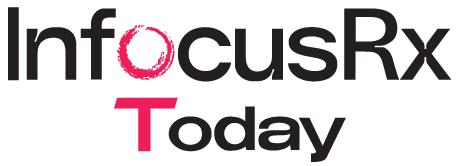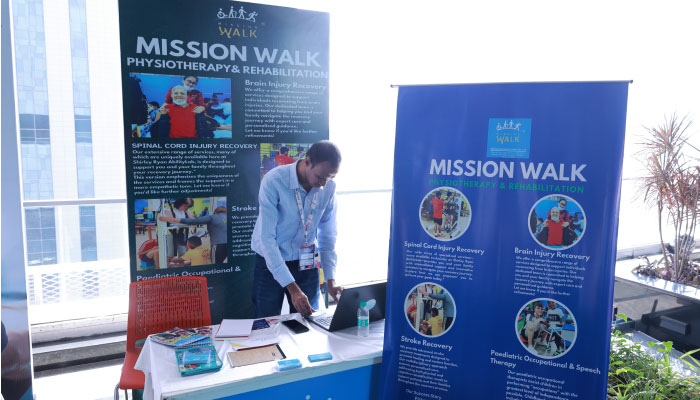A 70-year-old male, experienced chest pain radiating to his navel and back. He had an abnormal heart rate. His hands and feet became clammy and cold. He had also been smoking for over two decades. Because of the above factors, the doctor performed an abdominal ultrasound, which revealed that the man was suffering from an enlarged aortic aorta.
About abdominal aortic aneurysm (AAA)
The aortic artery is the main blood vessel in the heart that supplies blood to the body. It extends from the heart to the center of the chest and abdomen, and the portion of the aorta that supplies blood to the abdomen is referred to as the abdominal aorta. If an area of the abdominal aorta wall is weakened, the weakened area balloons into a pouch, which is known as an abdominal aortic aneurysm. This can be a life-threatening condition.
Abdominal aortic aneurysms can be difficult to detect due to their slow growth with no symptoms in the early stages. Their average annual growth rate is approximately 1.2 centimeters. If the aorta enlarges at a rapid rate, there is a risk that it may rupture. Symptoms may include sudden pain in the chest, abdomen, back, leg or buttocks, nausea and vomiting, stiffness in the abdominal muscles, abdominal swelling, elevated heart rate, etc.
If you are between age 65 to 75 years, have a smoking history, or have a family history of abdominal aortic aneurysms, then you are at an increased risk of getting an abdominal aortic aneurysm.
Causes
Cigarette smoking helps in the growth of aneurysm. Additionally, tobacco use in any form can lead to the development of an abdominal aneurysm, particularly if the individual suffers from hypertension (high blood pressure) as high blood pressure can weaken and damage the arteries. Vasculitis, a condition in which an infection of the abdominal aortic wall occurs may lead to the development of an abdominal aortic aneurysm. Other factors that contribute to the formation of this aneurysm include obesity, elevated cholesterol and emphysema, as well as genetic factors and more in males aged 60 and over.
Diagnosis
The doctor may recommend a chest x-ray to check for any potential issues with the aorta. Abdominal ultrasounds involve the use of high-frequency sound waves to take internal images of the abdominal area, which are then examined by the doctor to assess any abdominal aortic aneurysms. Computerized tomography (CT) scans also involve the use of x-rays to acquire cross-sectional abdominal images. Magnetic resonance imaging (MRI) is a procedure in which magnetic waves and radio waves are used to generate images of the interior of the abdomen.
Treatment
In the event of a small aneurysm measuring approximately 4 centimeters, the doctor will place the patient under observation. The patient must report to the doctor if they experience any symptoms, such as chest pain. An ultrasound examination is conducted every 6 months to monitor the progress of the aneurysm. In the case of a medium-sized aneurysm measuring between 4 and 5.6 centimeters, the doctor will decide whether to wait and observe the condition or proceed with surgery. In the case of large aneurysms measuring more than 5.0 centimeters, surgery is required.
Open abdominal surgery involves replacement of the damaged section of the aorta with a synthetic tube graft. The recovery period after the surgery is typically several months. Endovascular surgery involves sending a synthetic graft to the site of an aneurysm via a catheter through the artery of the leg. The graft is secured with pins and hooks, and it helps to prevent the aorta from rupturing by reinforcing the weakened section, thus reducing the recovery time from open abdominal surgery.
History of AAA
In the 2nd century AD, Greek surgeon Antyllus attempted a ligation surgery for abdominal aneurysms. However, surgical techniques were not successful until 1923 AD. The first aortic ligation was performed by Rudolf Matas. It is interesting to know that Albert Einstein was operated on for an abdominal aneurysm by the surgeon Rudolph Nissen, increasing his life span by 5 years. To avoid complicated surgeries, it is recommended to adopt a healthy lifestyle, which includes eating nutritious meals, regular exercise, quitting smoking, and controlling blood pressure. Taking the first step towards healthy living can help avoid serious complications in the future.



